Val Varaita is a beautiful valley located in the Cottian Alps in Piedmont, at the foot of Monviso, the mountain where the source of the Po River is found. Characterized by a natural beauty that has few other equals, the Varaita Valley, which begins in Costigliole Saluzzo and runs westward to the Colle dell’Agnello following the course of the Varaita stream, is a place beloved by nature lovers, hikers and outdoor enthusiasts, as well as those who enjoy quiet, unfrequented environments. A diverse and fascinating natural environment (there are dense coniferous and deciduous forests, green pastures, alpine lakes, and spectacular mountain peaks), able to offer opportunities for hiking, trekking, mountain biking, and other outdoor activities, a land with an ancient history, since it has been inhabited since prehistoric times (rock carvings have also been found here), an important center for the production of handcrafted furniture, Val Varaita in ancient times was divided between Dauphiné and the Marquisate of Saluzzo (so it was partly French and partly Italian), until it was united in 1713 by becoming part of the Kingdom of Sardinia. It is also one of the Occitan valleys of Piedmont: there are still many popular events that enliven the Occitan community every year. And there is also so much to see: we have selected ten places not to be missed.
Rore, a hamlet of the municipality of Sampeyre, is a charming and quiet mountain village, characterized by its rustic atmosphere and surrounding natural beauty. Rore is located at an altitude of about 900 meters above sea level and offers an authentic experience of mountain life: many trails that climb to the surrounding peaks also start from here. Paved streets and stone houses give the village a distinctly charming appearance. It is an ideal place for those who seek tranquility and want to get away from the hustle and bustle of urban life. Its stone houses, location among lush forests and imposing mountains, and local culture (it is home to an important historical reenactment of the Occitan community) make Rore a favorite destination for those who travel to Val Varaita. Also worth seeing is the 16th-century parish church of San Nicolao.
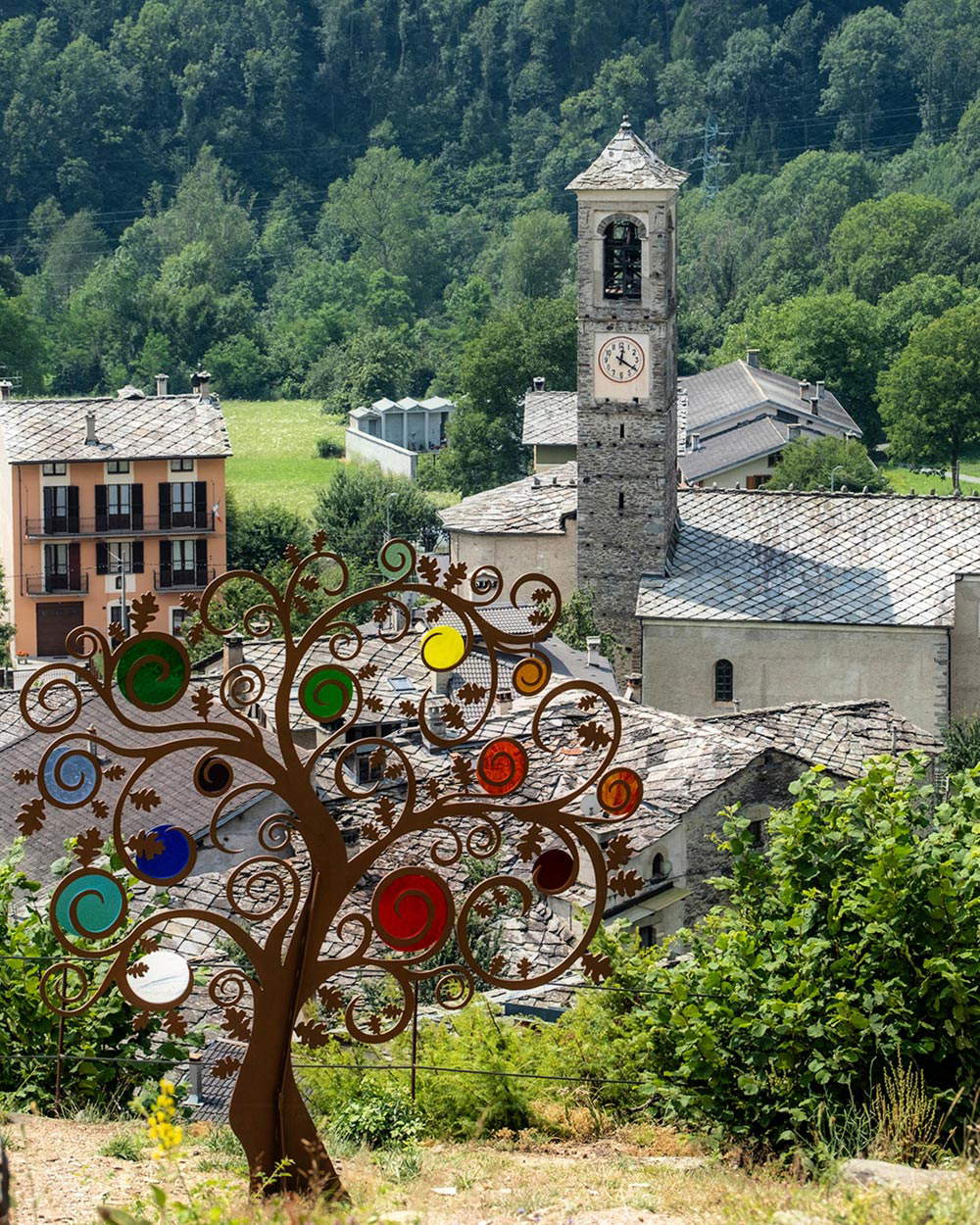
Known as Chasteldelfin in Occitan, Casteldelfino is nestled in the Alevè forest, stands at an altitude of 1,296 meters and is one of the best-preserved villages in Val Varaita. The name derives from the fact that in ancient times (particularly between the 13th and 14th centuries) it was part of the Dauphiné: the village bears traces of this history in the remains of the castle, erected in 1330 by the Dauphin Umberto II. Casteldelfino is home to an important ethnographic museum related to the traditions of Occitan civilization, perhaps to be visited together with that of nearby Sampeyre, which tells of ancient daily life in the Varaita Valley.
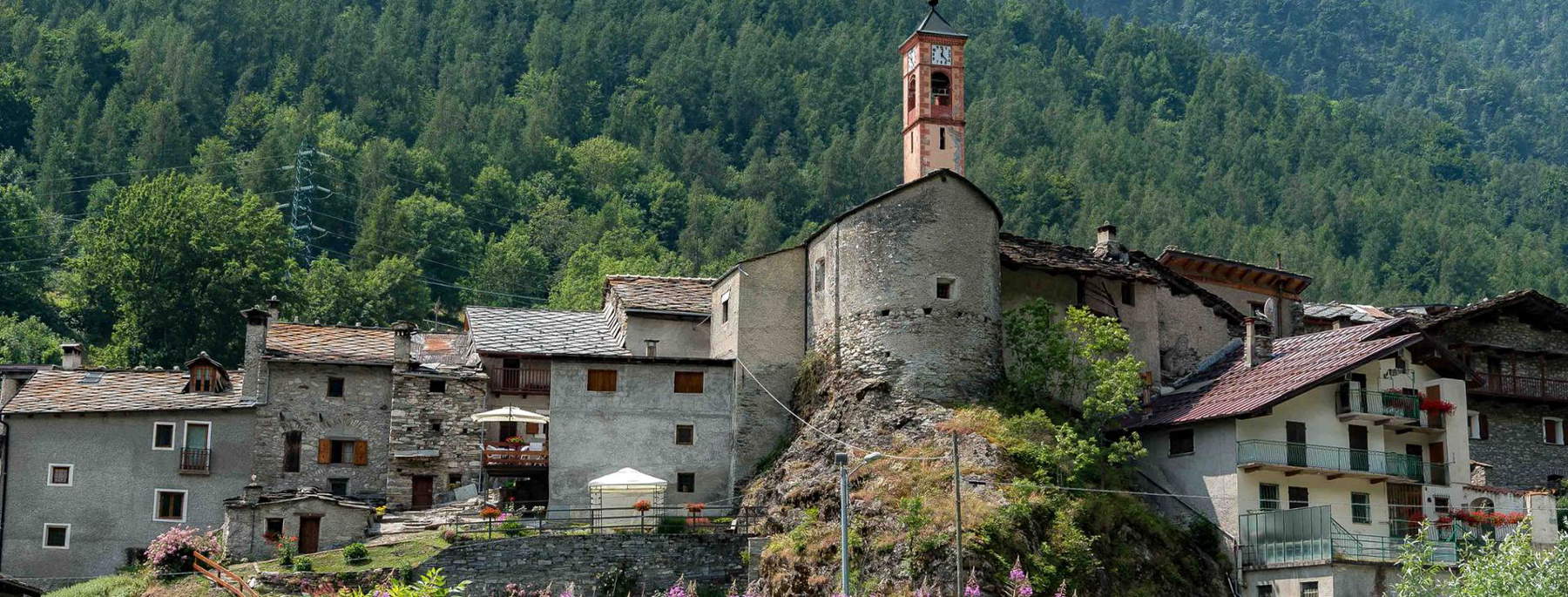
This is a walk that starts from the village of Rore and goes through the woods to the Tumpi la Pisso waterfall: a scenic walk, about a kilometer long, properly marked by signs. Even if you are alone, you will find company along the way: in fact, you may encounter the Sarvanot, mischievous mythological creatures that inhabit the woods of the Occitan valleys. You can meet them “materialized” in the form of sculptures and various presences hidden in the trees, behind stones, along streams.
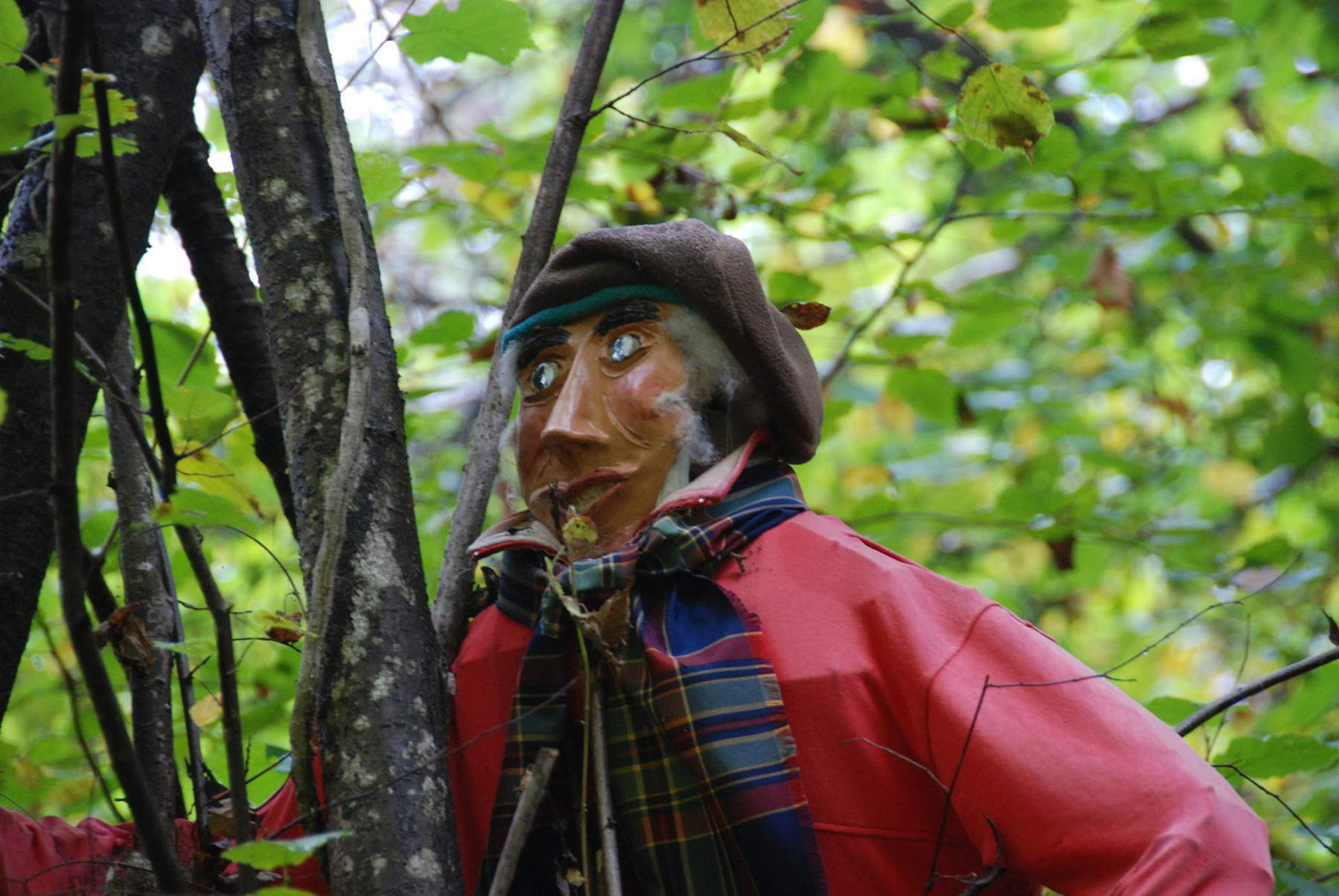
Chianale, nestled among larch forests and crossed by the Chemin Royal, the road that led to France, is a charming village known for its traditional architecture, local stone houses built in the typical style of the alpine valleys of Piedmont (so much so that it is known as “the stone village”), and its charming character. Chianale is part of the “Most Beautiful Villages in Italy” (the description of the village states that “in Chianale you can breathe in all the scent of the Alps”) and is a perfect place to immerse yourself in the authentic and relaxing atmosphere of the Alps since it is the last village in the Varaita Valley before the highest peaks of the Cottian Alps, located on the border with France, at an altitude of about 1.800 meters, at the foot of Monviso and just before the Agnello Pass that divides Italy from France. The Colle dell’Agnello, or Col Agnel in French, is a mountain pass located at an altitude of 2,748 meters: it marks the border between Italy and France and is one of the highest and most spectacular Alpine passes. It connects the Varaita Valley in Italy to the Queyras Valley in France. The road over it is one of the highest in Europe and is best known in cycling, having often been the passage of spectacular stages of the Giro d’Italia or Tour de France.
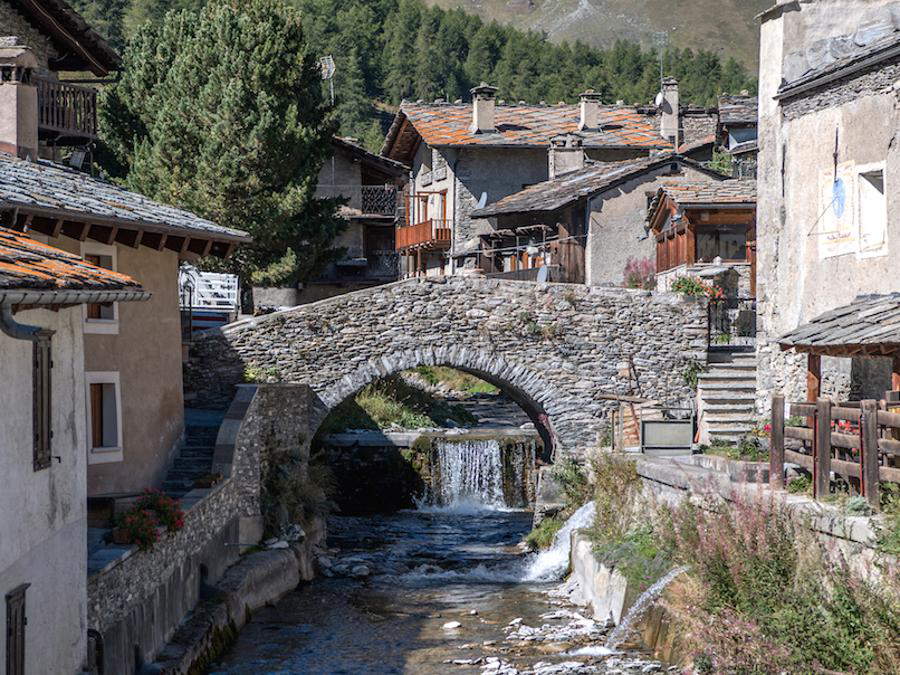
The Bosco dell’Alevè is a natural area in the Varaita Valley known for being Italy’s largest expanse of stone pine, a typical tree of the Alpine landscape that grows wild in these mountains, and whose valuable wood is used for carvings. It is easily recognizable because of its dark green color (which differentiates it greatly from the larches, with which it shares its environment, which are lighter instead), the height of its trunk, which can reach up to twenty meters, and its needles clustered in groups of five. This area is particularly noted for its scenic beauty, the richness of its alpine flora and fauna, and its important role in the local ecosystem. The Alevè Forest covers an area of about 820 hectares at an altitude between 1,500 and 2,500 meters above sea level. It represents an important naturalistic resource in the Varaita Valley, offering a unique opportunity to get in touch with the original alpine environment and to admire the beauty and diversity of unspoiled nature.

Monviso is one of the most iconic and majestic mountains in the Cottian Alps, located on the border between Italy and France. With an elevation of 3,841 meters, Monviso is the highest mountain in the Cottian Alps. Its distinctive pyramid shape makes it easily recognizable from different parts of the surrounding region. Monviso has a deep history and culture surrounding it. It is often called the “Stone King” because of its imposing presence. The mountain also has cultural and symbolic significance here is the source of the Po River. Experienced hikers climb it on the “giro del Viso,” a fascinating route, first tackled in 1839, that encircles the base of Monviso. This route offers spectacular panoramic views of the mountain and crosses some of the most beautiful and remote valleys in the Cottian Alps. The route is known for its variety of landscapes, is often divided into several stages, and can take several days (from a minimum of two to a maximum of six) to complete. Along the way, visitors can pass through picturesque alpine villages, cross rivers, cross mountain trails, and stop along the various refuges of the Viso Tour, experiencing a full experience of the alpine environment.
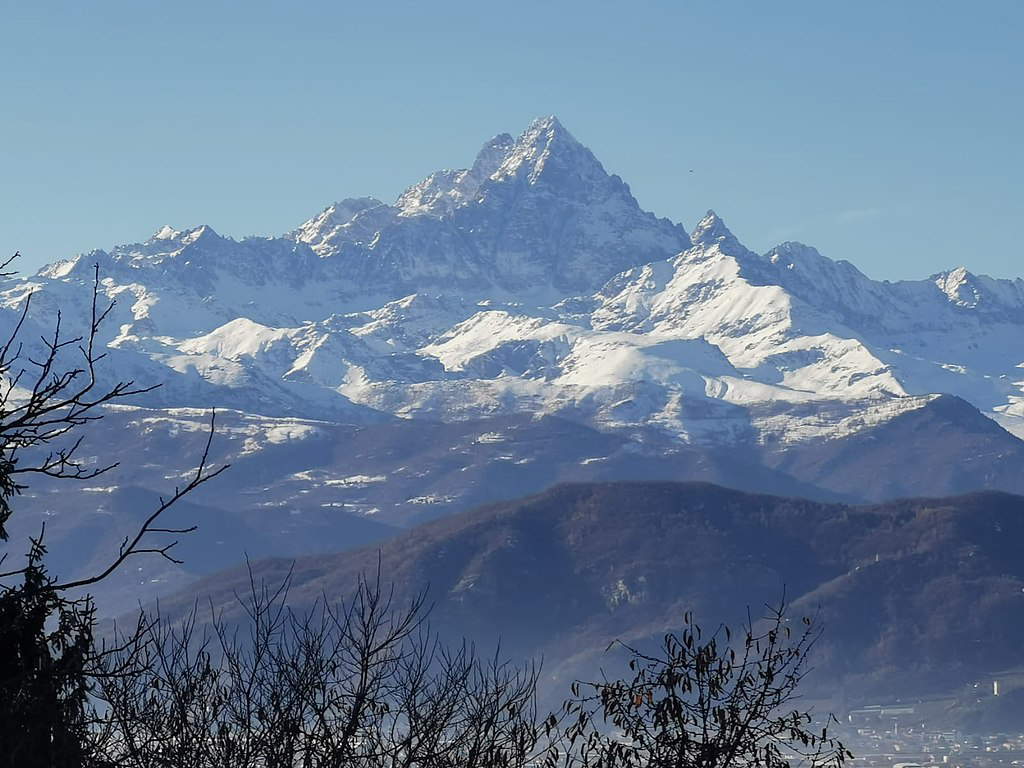
The Sound Factory in Venasca is Italy’s first park completely dedicated to the world of music and sounds. A museum particularly suitable for younger visitors (but not only) who can learn in detail about the characteristics of sounds: rhythm, vibration, timbre, as well as notions of the physics of sound (sound waves, their propagation in space). The Sound Factory also houses a collection of musical instruments from all over the world and interactive experiences to delve into the world of sounds.
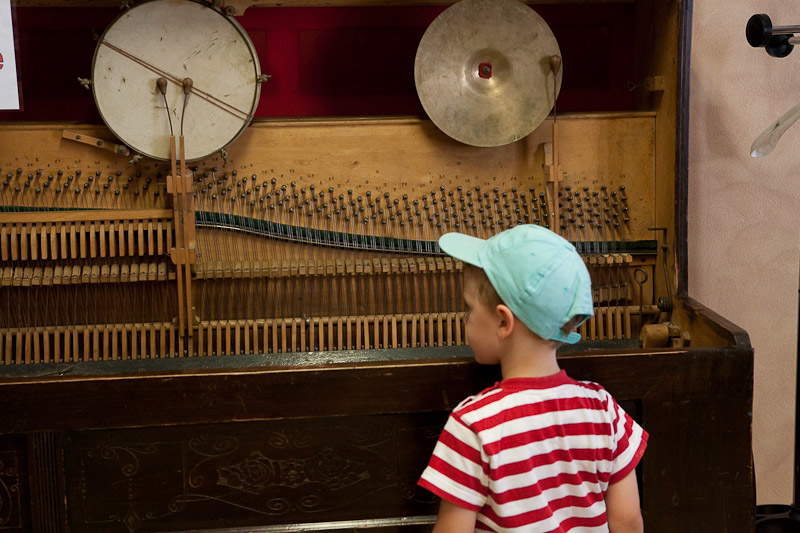
The Victor Salvi Harp Museum, located in Piasco, is the first and so far only museum in the world dedicated to one of the most fascinating musical instruments: the harp. It houses a collection of more than one hundred antique harps (from different eras and various origins) collected by Victor Salvi, an American harpist and luthier (his family was of Venetian origin), founder of one of the best-known harp brands (Salvi Harps), and a great innovator of the instrument. Open since 2006, it is the leading international center for harp appreciation and is an ever-active institution, continually organizing concerts (the museum also has an auditorium), musical palimpsests, training days, educational workshops, and much more.
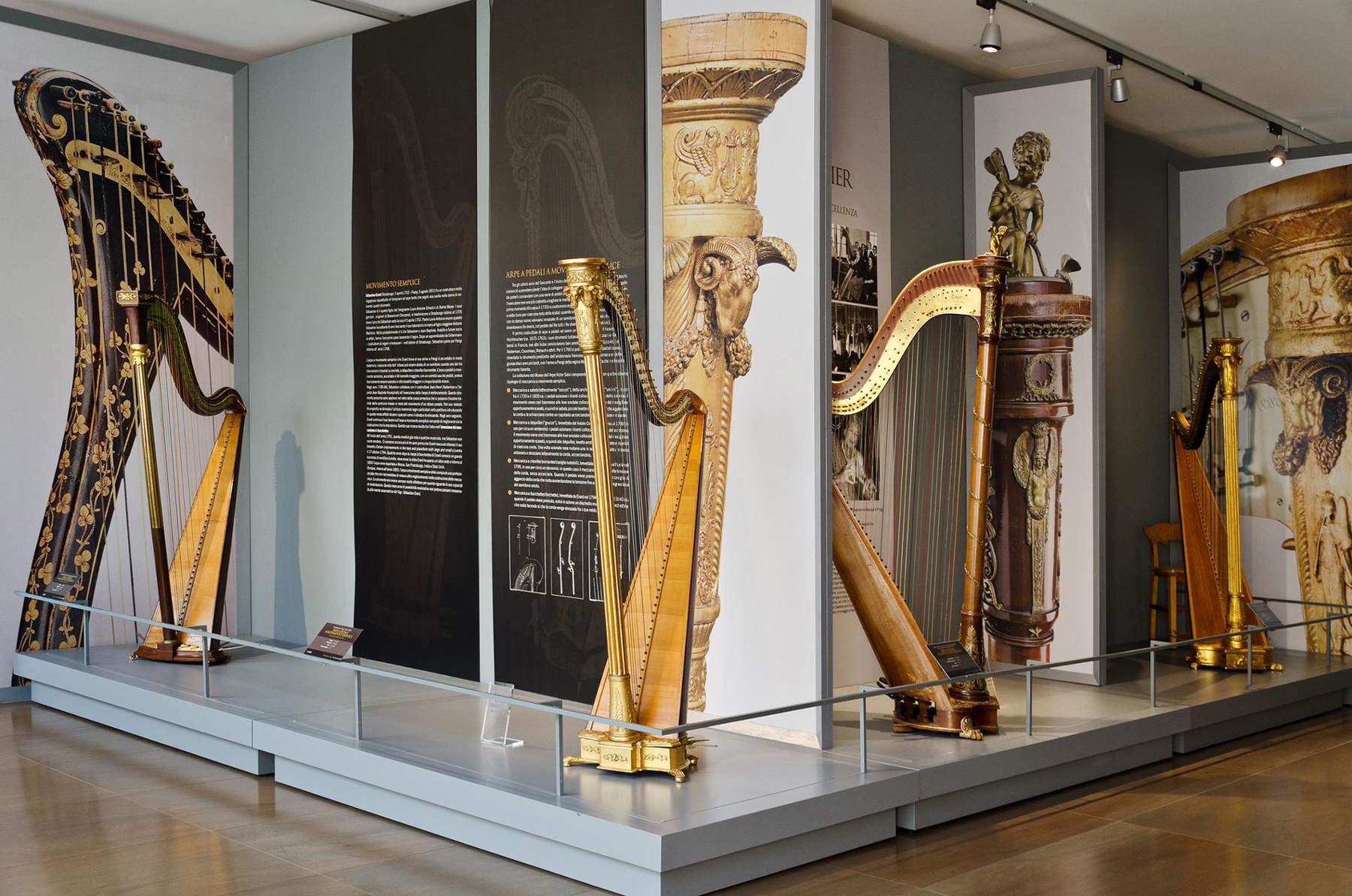
The Sanctuary of Valmala is the most important shrine in Val Varaita, as well as in the Diocese of Saluzzo. Dedicated to Mary Mother of Mercy, it is a recent building, because it was built in the first half of the 19th century (work was finished in 1851), but it is steeped in popular religiosity, since it stands on the site where, according to tradition, Our Lady is said to have appeared to four shepherdesses, all between the ages of 10 and 12. The first apparition would date back to 1834, and since it would be repeated in the following weeks, the community decided to build a shrine, which began in 1835. And since 1946, Our Lady of Valmala has been the Queen of the Diocese of Saluzzo.
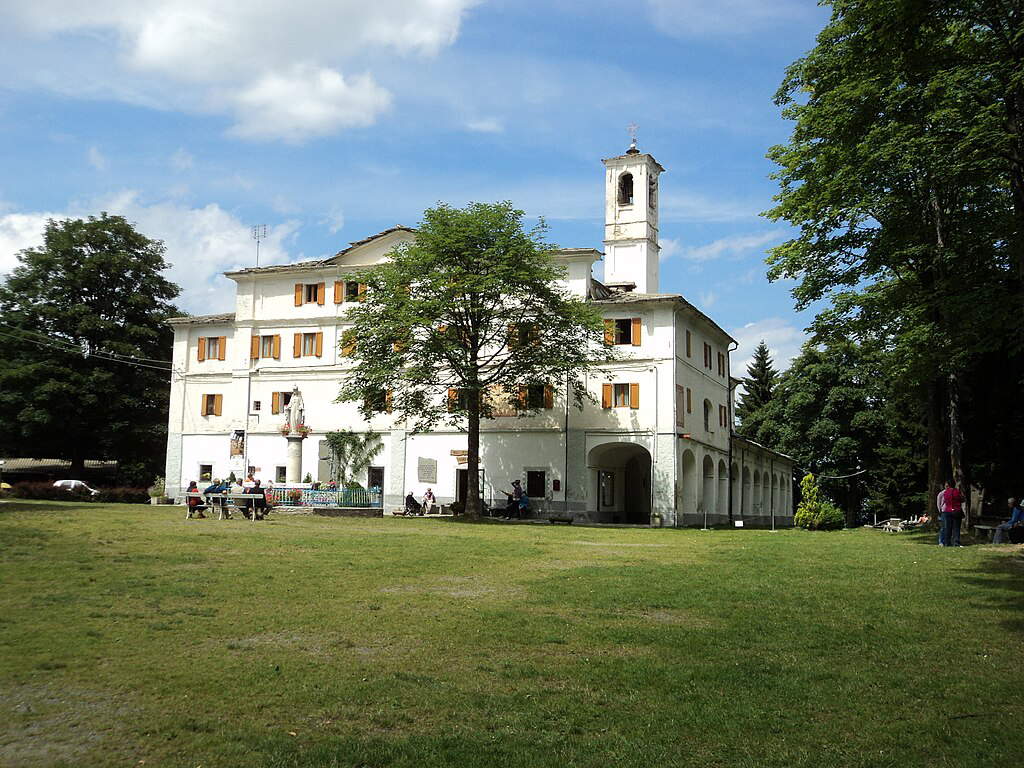
Another very special institute is the Museum of Time and Sundials in Bellino. The institute houses a collection of some 40 sundials, sun dials that were formerly made in the village of Bellino by skilled artisans (the gnomonists), whose history is traced and techniques are illustrated, including through the use of objects and documents. Sundials like those often found traced on the facades of houses in the village. A museum dedicated, in essence, to the passing of the hours and days, and which through time tells the story of its community.
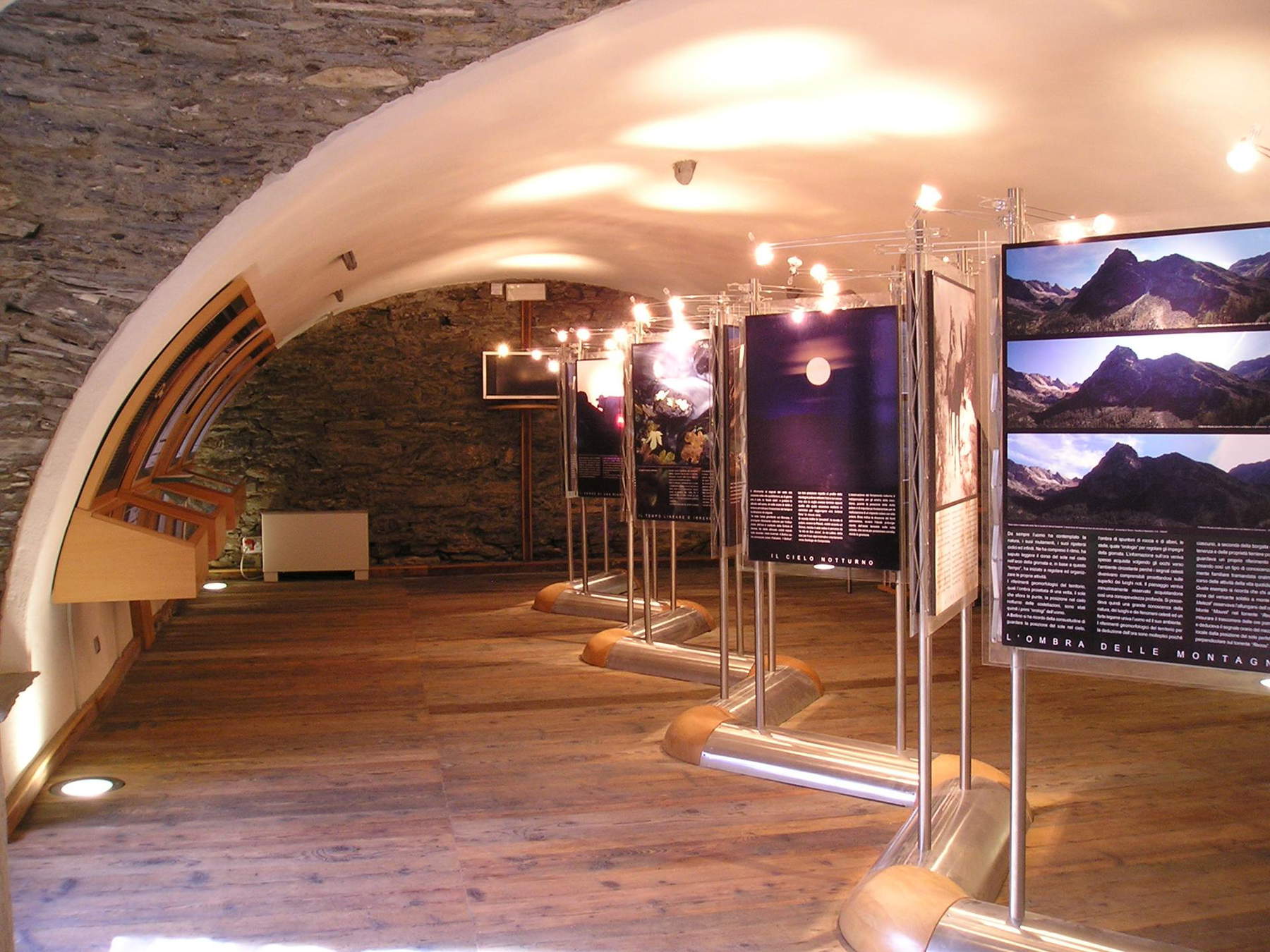
 |
| Varaita Valley, what to see: 10 places not to be missed |
Warning: the translation into English of the original Italian article was created using automatic tools. We undertake to review all articles, but we do not guarantee the total absence of inaccuracies in the translation due to the program. You can find the original by clicking on the ITA button. If you find any mistake,please contact us.